Marriott’s New Bonvoy Brand: 5 Lessons for Travel Marketers
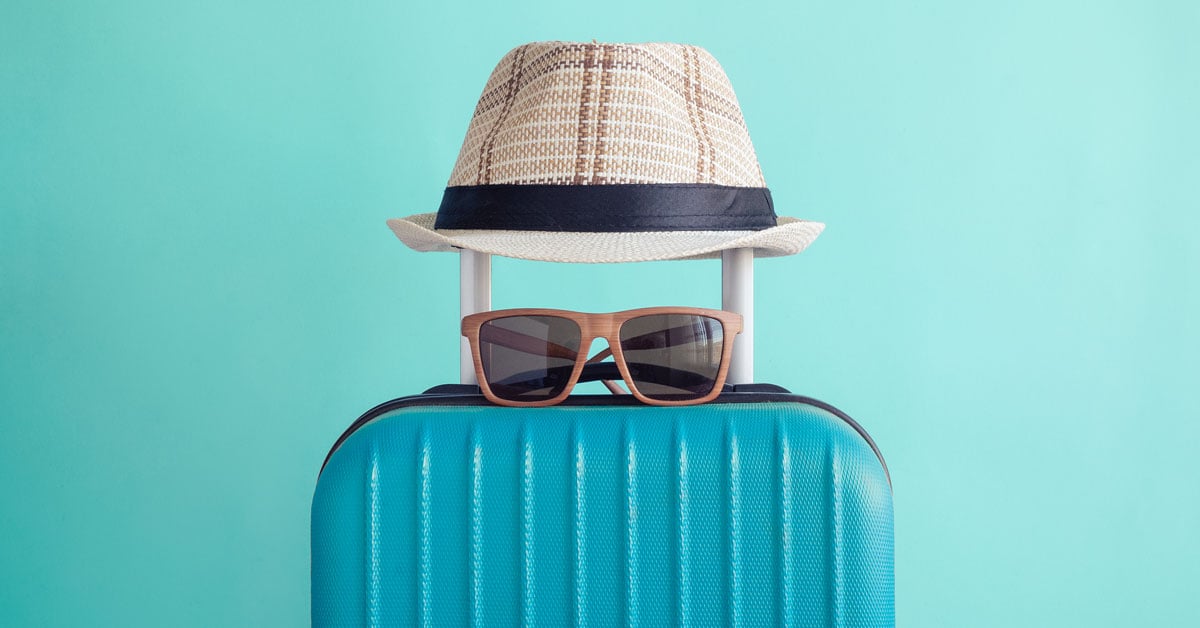
How big of a deal is it when Marriott, the world’s largest hotel operator, rebrands its loyalty program?
Such a big deal that ABC created a special television advertising block during the Oscars to help the company unveil its new offering: Bonvoy.
By nearly any measure—media coverage, consumer buzz, or advertising spend—the program’s launch has so far been the biggest travel and hospitality story of 2019.
The move is important not only because it directly impacts Marriott’s 120 million loyalty members, but also because it’s the perfect case study for the wider travel and hospitality industry.
What can brands learn from the launch of Bonvoy? How should other firms view Marriott’s successes and stumbles with the program? Which broader trends does the effort highlight?
Here are five lessons every travel and hospitality marketer can learn from the rebrand:
1. Rebranding/Creating a New Brand Isn’t Easy
The first lesson is that a branding/rebranding is no small undertaking; it involves both tapping into deep wells of creativity and thinking through complex practical considerations, such as legal and cultural factors.
According to AdAge, the Bonvoy project took two years from ideation to launch, and in an interview with Skift, Karin Timpone, Marriott’s global marketing officer, said the company went through an incredibly rigorous vetting process, including testing how the name would be received in many different languages.
Of course, Marriott, with its huge global presence, had to be especially careful about things like copyright infringement and local sensitivities. Nevertheless, the core challenges were the same as those facing every firm trying to develop a new brand: finding an identity that would spark positive emotions, convey the appropriate qualities, and wasn’t already taken in the marketplace.
Ultimately, that combination of motivations is why Bonvoy—which is both unique and a play on the travel-associated bon voyage—won out for Marriott.
What’s also important to note is that the name was just a small part of the project. The company also had to do the hard work of developing an entire visual identity, restructuring its rewards options, and developing a new tagline: Rewards Reimagined.
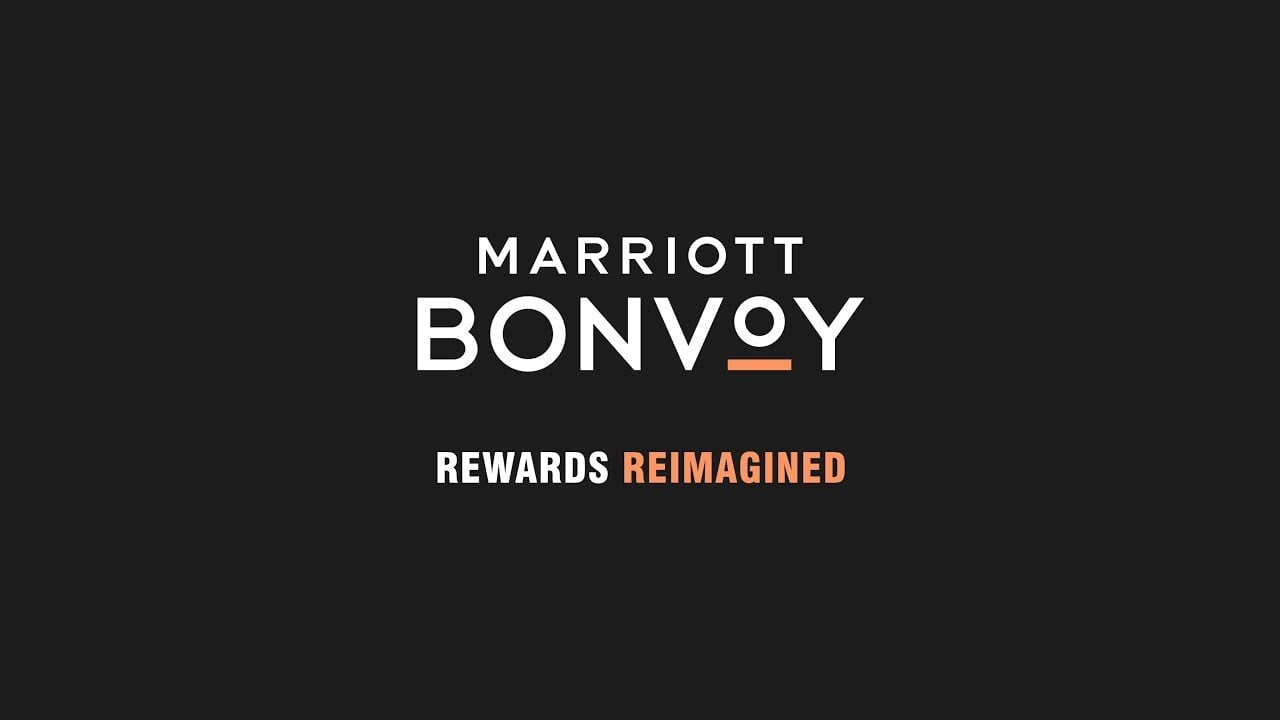
2. Hospitality Is All About Loyalty and Direct Relationships
Given the huge effort and resources that were required, why did Marriott rebrand its loyalty program?
Partly, it was out of necessity. After the company acquired Starwood in 2016, it found itself with three rewards programs that needed to be combined: Marriott Rewards, Starwood Preferred Guest (SPG), and the Ritz-Carlton Rewards.
However, it went further than simply putting everything under the Marriott Rewards umbrella—it wanted a new, overarching identity that would unite its brands and appeal to all loyalty members.
For the company, this was a top priority, not a side project. Marriott’s CEO, Arne Sorenson, recently told analysts that out of the company’s 30 brands, “the brand that is most important is Marriott Bonvoy.”
Why would Sorenson put Bonvoy ahead of the company’s many other iconic brands? Because loyalty programs are increasingly essential to hospitality businesses such as Marriott.
Chekitan Dev, professor of marketing at Cornell’s School of Hotel Administration, told The Points Guy: “Hotel brand loyalty programs have become the competitive weapon to counter the power of online travel agents and home sharing platforms like Airbnb.”
Simply put, loyalty is what differentiates hospitality/travel providers and is what prevents them from becoming commoditized.
Moreover, programs such as Bonvoy create direct-booking relationships with consumers—something that’s vitally important for keeping third-party platforms in check. Ultimately, that’s why Marriott positioned Bonvoy not simply as a refresh of its existing loyalty program, but as the launch of an entirely new, more powerful benefits and recognition platform.
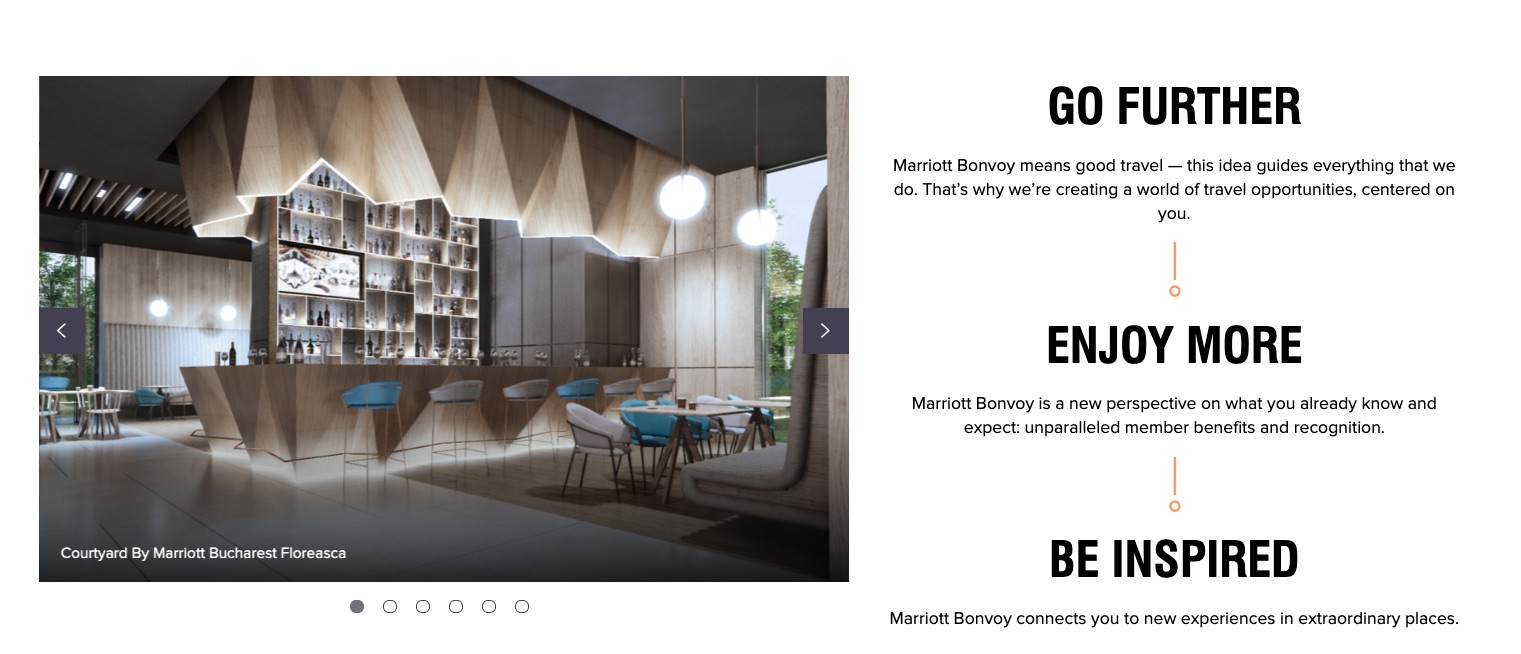
3. Brands Are More Multifaceted Than Ever
What is a brand? When the first Marriott opened in 1957, it was little more than a name and logo.
How times have changed. The launch of Bonvoy highlighted that today’s travel and hospitality brands are more multifaceted than ever, spanning a wide range of physical and digital experiences.
The new loyalty platform involved changing everything—from hotel signage, keys, and print marketing materials to the host of websites and social media accounts that Marriott operates; it also meant redesigning the entire backend system that powers the program.
The company even had to rebrand and relaunch its mobile apps, uniting the Marriott, Starwood, and Ritz-Carlton offerings under a single Bonvoy experience.
And those are just what Marriott owns. The Bonvoy rebrand also had to be integrated into third-party offerings, such those from airline partners and credit card partners. The latter alone was a huge undertaking, involving completely reworking everything from the look to the rewards structure of a large roster of Marriott/Starwood/Ritz-Carlton branded cards.
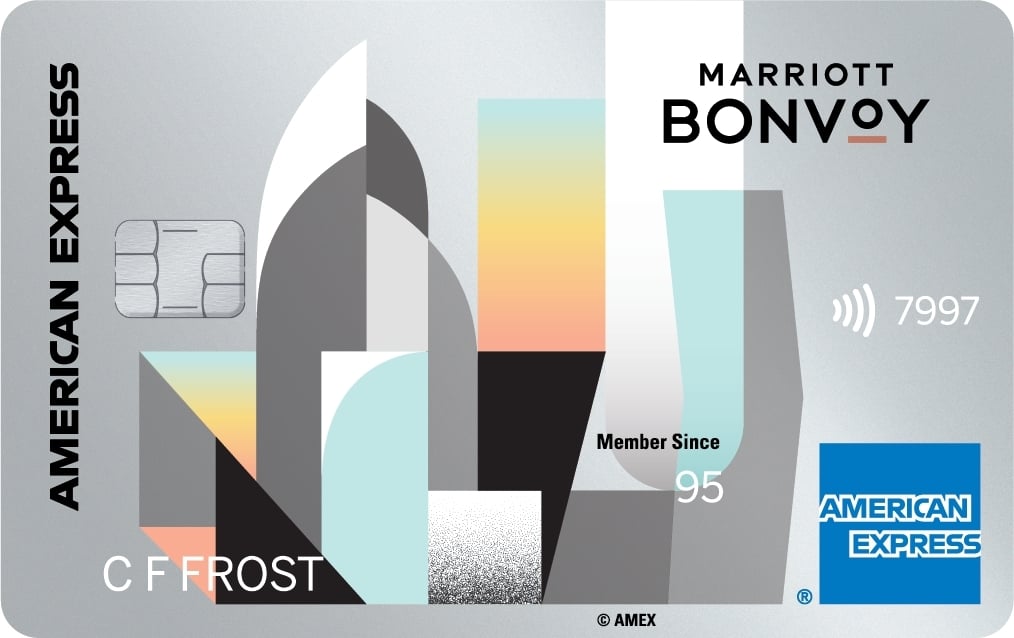
4. Change Can Be Difficult for Everyone
Was the Bonvoy launch met with universal acclaim? Not exactly.
From the time it was revealed, the name was mocked: consumers said it reminded them of everything from a fiber supplement, to rocker Jon Bon Jovi, to a brand of soy milk.
More importantly, the new brand became associated with the frustrations people were experiencing following the Marriott-Starwood merger. On social media, Bonvoy morphed into #Bonvoyed, a rallying cry for those who were dealing with customer service issues.
As one Twitter user posted: “@MBonvoyAssist I just spent 21 minutes on the phone trying to transfer points because I couldn’t figure out your website, then the agent hung up before finalizing. What more could I do? #Bonvoyed”
The movement even grew to the point that an unhappy customer created a portal—Bonvoyed.com—to enable disgruntled loyalty members to unite.
Some of this was clearly due to missteps by Marriott—the company has admitted that it didn’t do a perfect job of merging its various loyalty programs.
But it was also part of the growing pains that accompany the launch of anything new. Largely, the frustrations are a reminder that change is difficult for both consumers and companies, and the more loved or established a brand is, the stronger the reaction will be to any changes.
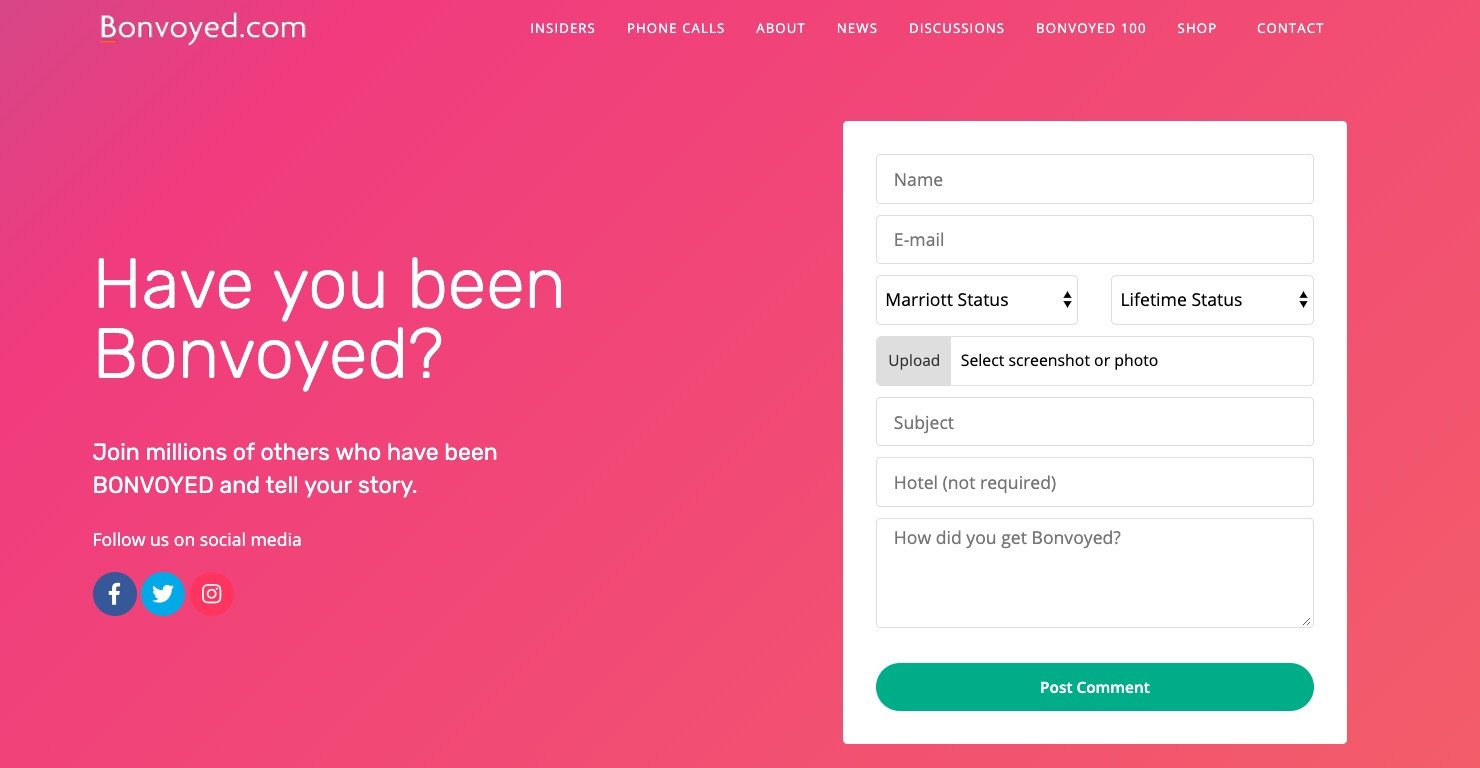
5. Branding/Rebranding Takes Patience and Persistence
So, did Marriott retreat after consumers struggled with the new Bonvoy brand?
Absolutely not.
As Marriott’s Timpone said to Skift: “It takes time to build a brand, whether in hospitality or any sector. There are many brand names we use in regular vernacular today where people were thinking, ‘What does that actually mean?’”
In other words, Marriott understood that launching Bonvoy would require patience.
The company also understood that it would require persistence. That’s why it created an aggressive marketing plan for Bonvoy, which included traditional and digital campaigns, as well as activations at major events such as Coachella, the NCAA basketball tournament, and the Dubai Jazz Festival.
And that’s why it purchased an entire ad block during this year’s Oscars—30 seconds for a traditional spot and 60 seconds for a mini-film—to announce the launch of Bonvoy.
Ultimately, Marriott smartly knew from the beginning that if it wanted to launch a huge new brand and truly transform its loyalty program, it would need to make a big splash and then keep plugging away for a long, long time.
https://youtu.be/m9hjvISsDWg
Discover the latest trends in travel and hospitality marketing. Contact MDG today at 561-338-7797 or visit www.mdgsolutions.com.
MDG, a full-service advertising agency with offices in Boca Raton and Brooklyn, NY, is one of Florida’s top hospitality branding firms. MDG’s capabilities include branding, logo design, creative, print advertising, direct mail marketing, media buying and planning, radio and TV advertising, outdoor, newspaper, digital marketing, website design and development, online video advertising, infographic development, email marketing, video marketing, mobile marketing, content marketing, social media marketing, paid search marketing, and SEO. To learn about the latest trends in travel advertising and branding, contact MDG today at 561-338-7797 or visit www.mdgsolutions.com.
